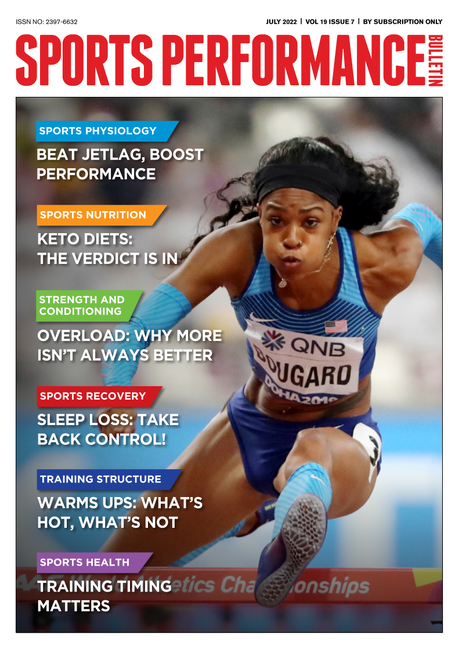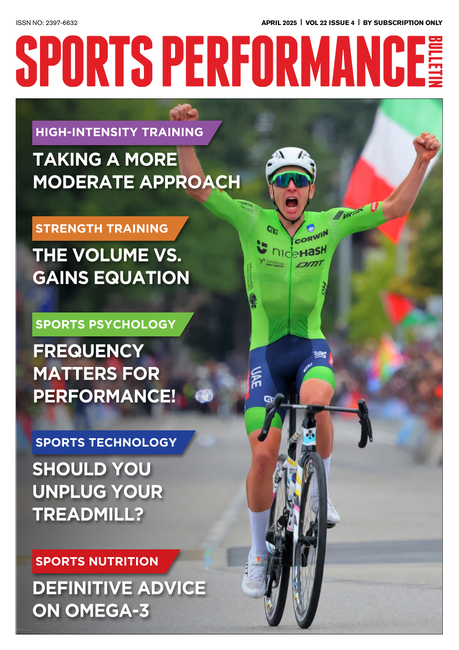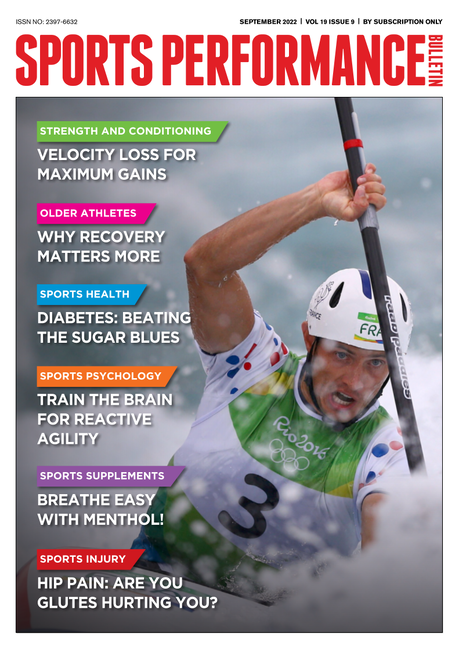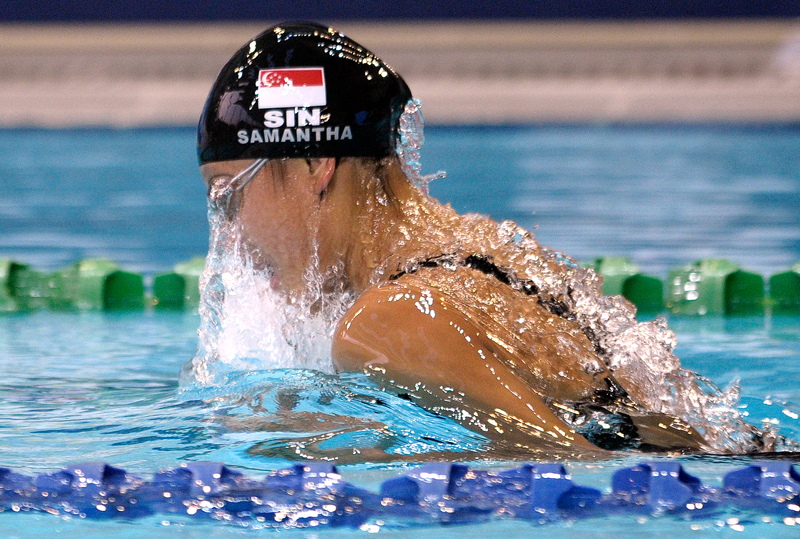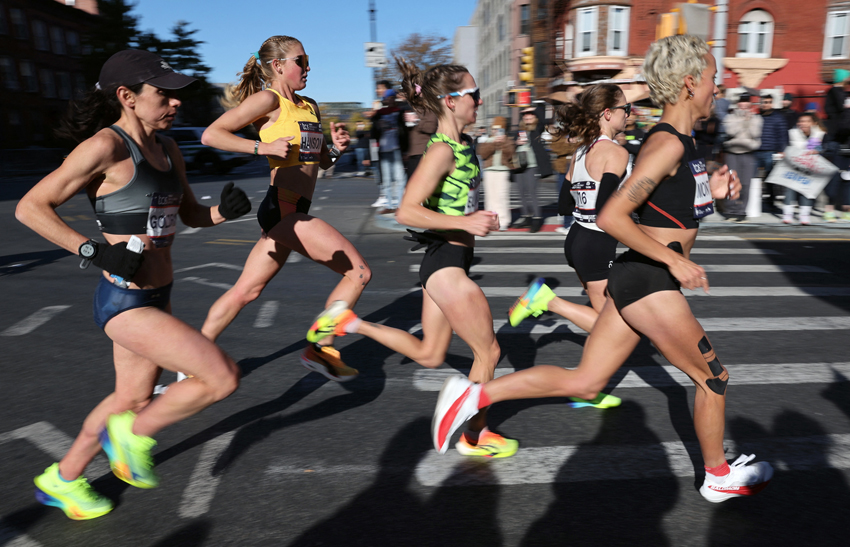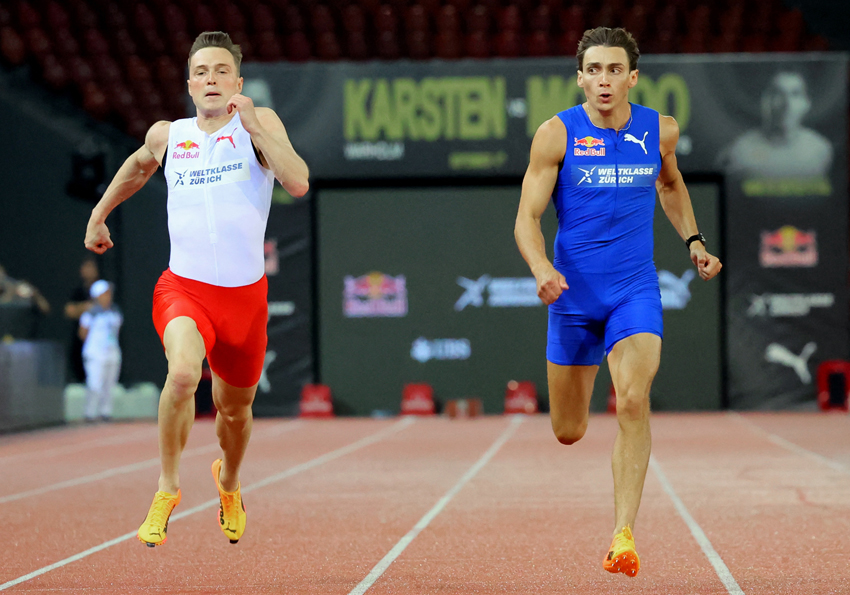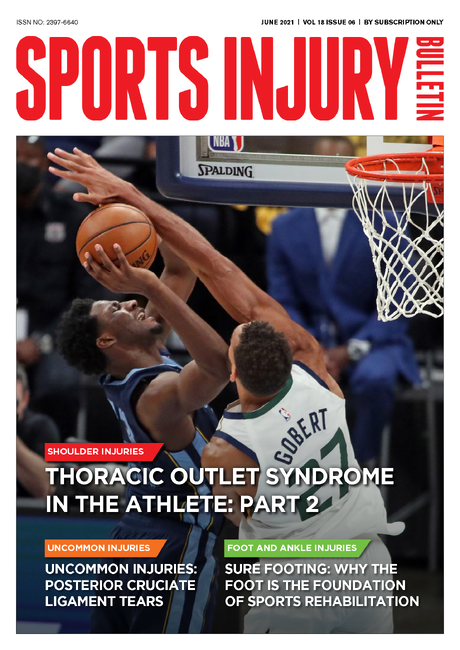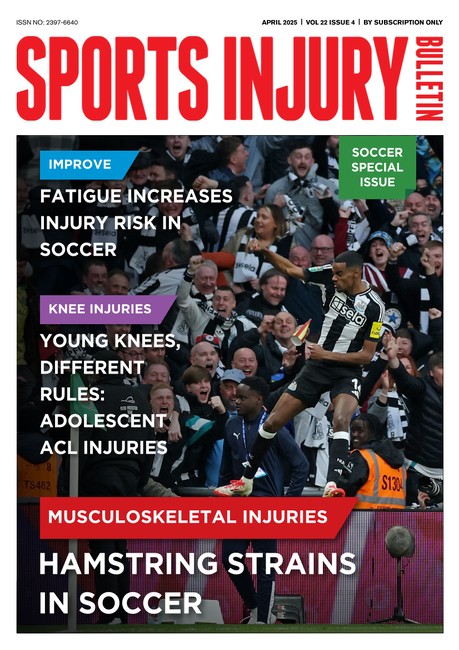Concussion: when the future is in the balance
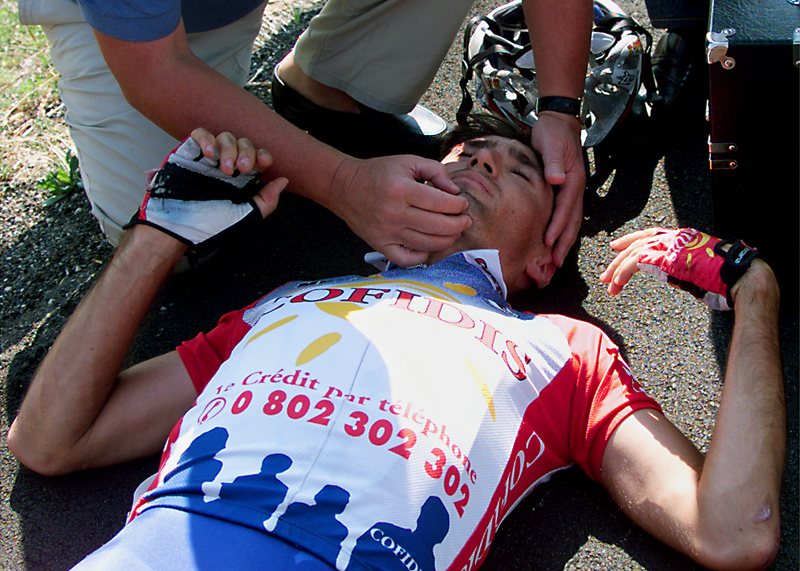
Concussion is a clinical syndrome characterised by immediate and transient alteration in brain function, including alteration of mental status and level of consciousness, resulting from mechanical force or trauma to the brain – normally a blow to the head. Following such an impact, a variety of symptoms can occur for weeks and months afterwards, including disturbances in memory, judgment, reflexes, speech, balance and muscle coordination.
To make matters worse, studies show that concussion is a fairly common occurrence in sport. For example, data from the US has estimated that as many as 3.8 million concussions occur during competitive sports and recreational activities per year, with as many as 50% of events going unreported(1). Moreover, among individuals 15 to 24 years of age, sport is second only to motor vehicle crashes as the leading cause of concussion, the highest risk sports being football, hockey, rugby, soccer and basketball.
Recovering from concussion
Research suggests that recovery from a mild concussion is often quite rapid. For example, one study investigated the epidemiology of concussions in high school athletes by comparing the rates and patterns of concussion among 20 sports(2). During the study period, 1,936 concussions were reported during 7,780,064 athlete-exposures (AEs) for an overall injury rate of 2.5 per 10,000 AEs. In over 40% of the athletes studied, concussion symptoms resolved in 3 days or less with most athletes returning to play in 1-3 weeks.
Sometimes however, recovery is not as straightforward. Research shows that the greater the number, severity and duration of symptoms after a concussion, the more prolonged the period of recovery is likely to be(1). In particular, younger athletes may require a more prolonged recovery and appear to be more susceptible to a concussion accompanied by a catastrophic injury(1). To complicate matters further, pre-injury mood disorders, learning disorders, attention-deficit disorders (ADD/ADHD) and migraine headaches complicate both the initial diagnosis of a concussion, and the process of determining when an athlete is ready for return to play.
Return to sport following concussion
The best evidence-based methodology for the initial assessment and diagnosis of concussion is something we’ve covered in another SPB article, so we won’t dwell on it here. However, a few of the key points are summarised in box 1 below. Once the initial symptoms of concussion have subsided, the next step is to think about a return to sport. Athletes returning to play should first be medically cleared and then follow a stepwise supervised program, with defined stages of progression (see table 1). Importantly, athletes should NEVER return to play on the same day of injury, even after the mildest of concussion events.
Box 1: Initial diagnosis of concussion – important recommendations
While cuts bruises may be present on the head or face as a result of a concussion causing blow, in most cases, a person with a concussion never loses consciousness. Because of this, less experienced coaches and sports physicians may not immediately suspect concussion, or if they do, assume that it is unlikely to be a cause for concern. However although some concussions are less serious than others, there is no such thing as a ‘minor concussion’; while a single concussion should not cause permanent damage, a second concussion soon after the first one, does not have to be very strong for its effects to be deadly or permanently disabling.
When an athlete suffers a blow to the head, the first priority should be that someone qualified is on hand to assess whether concussion has occurred. In an ideal world, this assessment would always be performed by a physician, specifically trained in this area. In many sporting scenarios (eg a minor league football match), it’s unlikely that such a person will be there standing on the sidelines. However, according to the America Medical Society for Sports Medicine (AMSSM), the competence to perform this assessment should also be determined by training and experience and not purely dictated by specialty(1). In other words, with the right training and experience, coaches, trainers and healthcare professionals are more than competent to perform a concussion assessment.
The AMSSM also points out that the diagnosis of concussion is ideally made by a healthcare provider who is not only knowledgeable in the recognition and evaluation of concussion but also familiar with the individual concerned. The reason for this is that while standardized sideline tests are a useful framework for making an assessment, the validity and reliability of these tests are greatly reduced without some kind of individual baseline test result with which to compare. And any baseline score will vary according to the individual athlete concerned. The AMSSM offers a handy, downloadable ‘pocket concussion tool’, which provides the best practice on the initial evaluation and subsequent management of concussion in the sporting environment and is highly recommended reading.
Table 1: AMSSM Return to play guidelines
|
Rehabilitation stage |
Functional exercise at each stage of rehabilitation |
Objective of each stage |
|
No activity |
Physical and cognitive rest |
Recovery |
|
Light aerobic exercise |
Eg walking/swimming/stationary cycling below 70 % maximum heart rate (no resistance exercise) |
Increase heart rate |
|
Sport-specific exercise |
Eg skating drills in ice hockey, running drills in soccer. No head impact activities
|
Add movement
|
|
Non-contact training drills
|
Progression to more complex training drills, eg passing drills in football and ice hockey. May start progressive resistance training
|
Exercise, coordination, and cognitive load
|
|
Full contact practice (following medical clearance to participate in normal training activities)
|
Restore confidence and assess functional skills by coaching staff
|
Return to play
|
|
Normal game play |
|
|
NB: There should be at least 24 hours (or longer) after each stage and if symptoms recur the athlete should rest until they resolve once again and then resume the program at the previous asymptomatic stage. Resistance training should only be added in the later stages. If the athlete is symptomatic for more than 10 days, then consultation by a medical practitioner who is expert in the management of concussion, is recommended.
A staged return to play following concussion as set out in table 1 seems, on the face of it, pretty straightforward. However, this isn’t necessarily the case because even though the main symptoms of concussion may have faded, an athlete may suffer from residual neurocognitive effects such as delayed reaction times and poorer balance. This matters because any neurocognitive deficit can increase the risk for further musculoskeletal injuries.
In one study, researchers identified a possible link between reaction time and injury(3). Using ImPACT testing (see box 2), they found that a composite score of greater that 0.545 seconds was correlated to a two-fold risk of injury. A delayed reaction time is thought to contribute to an increased injury risk due to a diminished capacity for neuromuscular control resulting from deficits in reaction time and processing speed(4). Given the above, this suggests that assessing, improving and restoring optimum neurocognitive function should be a major priority before athletes return to sport following a concussion. Medical information should also include concussion and musculoskeletal injury history in order to determine if further evaluation is needed in order to specifically identify risk factors for further injury.
Box 2: ImPACT testing
An important component of return to play decision making following a concussion is neurocognitive testing. Immediate Post-Concussion Assessment and Cognitive Testing (ImPACT) is a computerised software program that has been shown to be a valid way of examining deficits in reaction time, processing speed, working memory, attention and concentration, and identifying neurocognitive deficits following a concussion(5,6). In addition, ImPACT has been used as a reliable tool to determine neurocognitive function and guide decision-making while managing athletes who have sustained a concussion(7).There are a number of other software programs on the market but the ImPACT battery is one of the most widely used neurocognitive test batteries for concussion management; it has found favour with physios and coaches as it not only minimises practice effects through the use of multiple versions but has also been evaluated for test-retest reliability(8).
Neurocognitive and balance deficits following concussion
How common are long-term neurocognitive and balance deficits following concussion? A study looked at the incidence, clinical course, and predictors of prolonged recovery time following sport-related concussion in high school and college athletes(9). Researchers investigated the incidence of prolonged recovery in 18,531 athlete-seasons over a 10-year period. A total of 570 athletes with concussion and 166 controls who underwent pre-injury baseline assessments of symptoms, neurocognitive functioning and balance were re-assessed immediately, 3 hours, and 1, 2, 3, 5, 7, and 45 or 90 days after concussion. The concussed athletes were stratified into typical (within 7 days) or prolonged (more than 7 days) recovery groups based on symptom recovery time.
Ten percent (57) of the athletes experienced a prolonged symptom recovery, which was also significantly associated with lengthier recovery on neurocognitive testing. At 45-90 days post-injury, the prolonged recovery group reported elevated symptoms, but without deficits on cognitive or balance testing. Prolonged recovery was associated with unconsciousness following the initial concussion-causing blow, amnesia immediately following the concussion and more severe acute symptoms. The researchers concluded that a small percentage of athletes may experience symptoms and functional impairments well beyond the typical window of recovery after concussion and that prolonged recovery is associated with acute indicators of more severe injury.
You need to be logged in to continue reading.
Please register for limited access or take a 30-day risk-free trial of Sports Performance Bulletin to experience the full benefits of a subscription.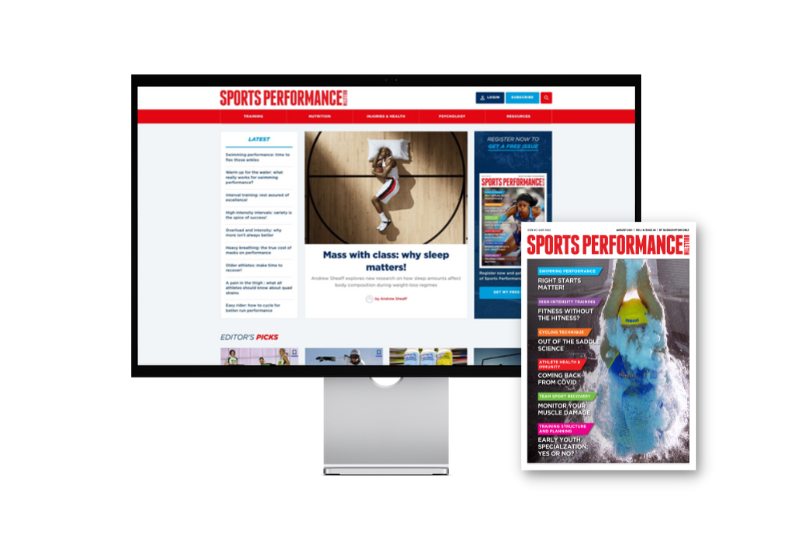 TAKE A RISK-FREE TRIAL
TAKE A RISK-FREE TRIAL
Newsletter Sign Up
Testimonials
Dr. Alexandra Fandetti-Robin, Back & Body Chiropractic
Elspeth Cowell MSCh DpodM SRCh HCPC reg
William Hunter, Nuffield Health
Newsletter Sign Up
Coaches Testimonials
Dr. Alexandra Fandetti-Robin, Back & Body Chiropractic
Elspeth Cowell MSCh DpodM SRCh HCPC reg
William Hunter, Nuffield Health
Keep up with latest sports science research and apply it to maximize performance
Today you have the chance to join a group of athletes, and sports coaches/trainers who all have something special in common...
They use the latest research to improve performance for themselves and their clients - both athletes and sports teams - with help from global specialists in the fields of sports science, sports medicine and sports psychology.
They do this by reading Sports Performance Bulletin, an easy-to-digest but serious-minded journal dedicated to high performance sports. SPB offers a wealth of information and insight into the latest research, in an easily-accessible and understood format, along with a wealth of practical recommendations.
*includes 3 coaching manuals
Get Inspired
All the latest techniques and approaches
Sports Performance Bulletin helps dedicated endurance athletes improve their performance. Sense-checking the latest sports science research, and sourcing evidence and case studies to support findings, Sports Performance Bulletin turns proven insights into easily digestible practical advice. Supporting athletes, coaches and professionals who wish to ensure their guidance and programmes are kept right up to date and based on credible science.

